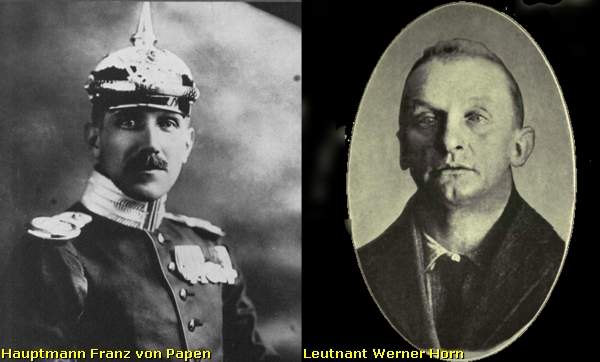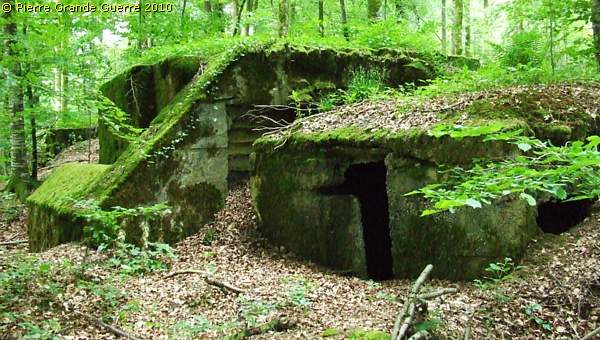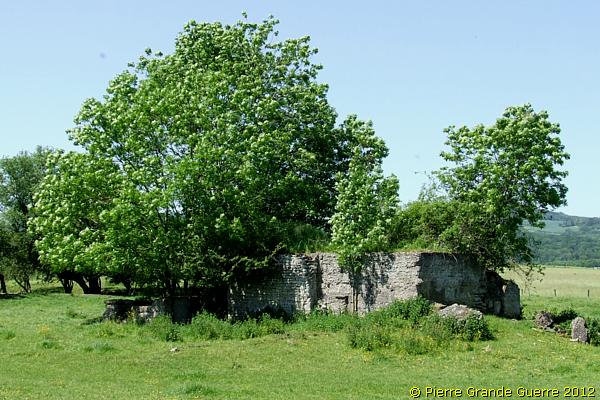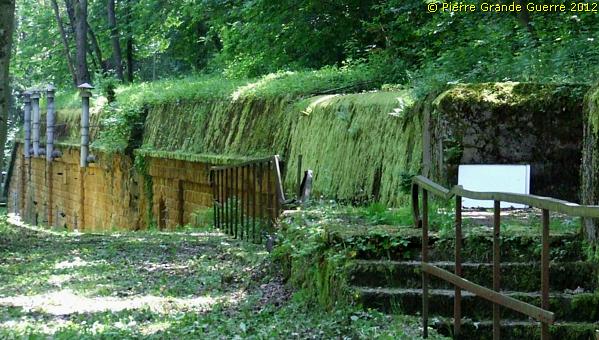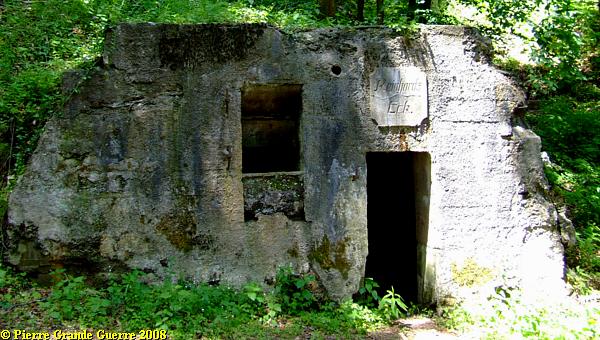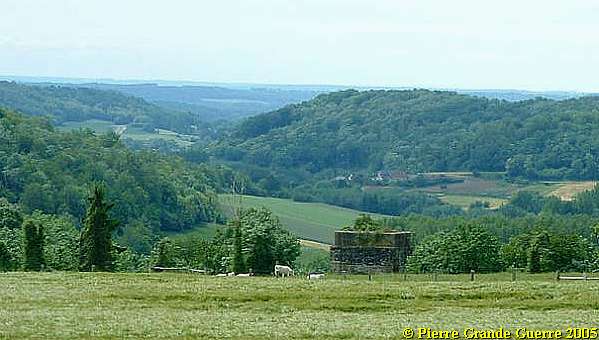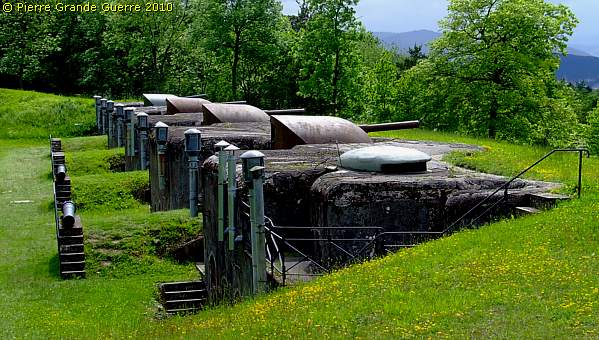SOMME BRITISH Sector - Redan Ridge
Years of visit: 2007, 2008

Redan Ridge, north of Hawthorn Ridge, former location of the German Munich Trench, and the Redan Ridge Redoubt.
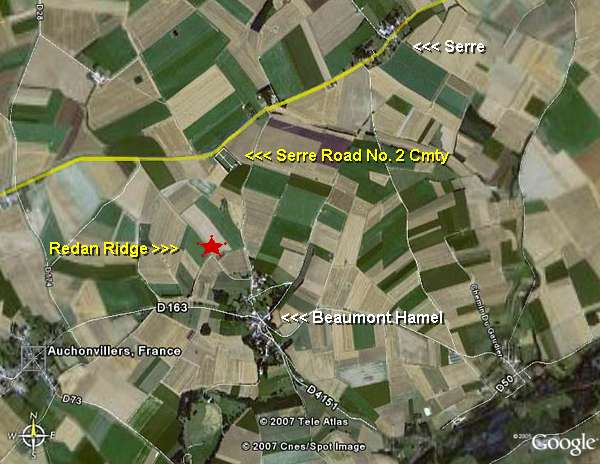
View from the Hawthorn Crater lip in the direction of Redan Ridge at the horizon. Right on the horizon: the Cross of Sacrifice Of Redan Ridge Cemetery no. 2, and behind it the typical trees of Redan Ridge Cemetery no. 3.

Redan Ridge, 1 July 1916

On the 1st of July the 4th Division with 2 battallions of the 48th South Midlands Division attacked Redan Ridge.
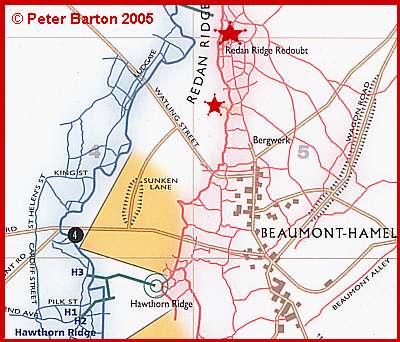
We visit Redan Ridge Cemetery No 3 .


Redan Ridge was named from The Redan, a group of British front-line trenches of 1916. The cemetery was made by the V Corps in the spring of 1917, when these battlefields were cleared. Redan Ridge Cemetery No. 3 is among the old German front line trenches. There are now over 50, 1914-18 war casualties commemorated in this site. Of these, half are unidentified and 13 graves which were destroyed by shell fire, are now represented by special memorials. The great majority of these officers and men fell in November, 1916, and belonged to the 2nd Division. The Cemetery covers an area of 283 square metres and its approach road 35 square metres. It is enclosed by a low rubble wall.
Source:
Commonwealth War Graves Commission
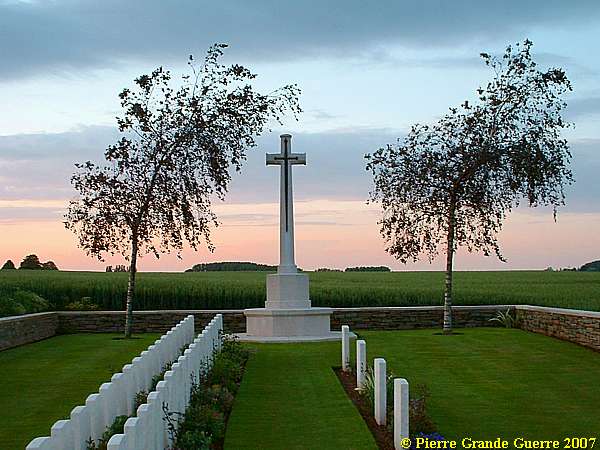
Nor far away from here and some 500 m. to the south-east at Redan Ridge lies the New Műnich Trench British Cemetery .


Beaumont-Hamel was attacked again and taken on the 13th November 1916, by the 51st (Highland) and 63rd (Royal Naval) Divisions. Munich Trench was occupied by the 51st (Highland) Division on the 15th November 1916; New Munich Trench was dug on the previous night by the 2/2nd Highland Field Company and a company of the 8th Royal Scots, and lengthened by the 8th Devons in December. The cemetery was made by the V Corps in the spring of 1917, when their units cleared the battlefield, and it was known also as V Corps Cemetery No.25. There are now nearly 150, 1914-18 war casualties commemorated in this site. Of these, almost 20 are unidentified. All fell in the period November 1916, or January 1917, and the majority belonged to the 10/11th, 16th or 17th Highland Light Infantry. The cemetery covers an area of 404 square metres and is enclosed by a low stone wall.
Source:
Commonwealth War Graves Commission

At the wall of the cemetery another farmer left another explosive.

View from the New Münich Trench Cemetery southward to Thiepval.
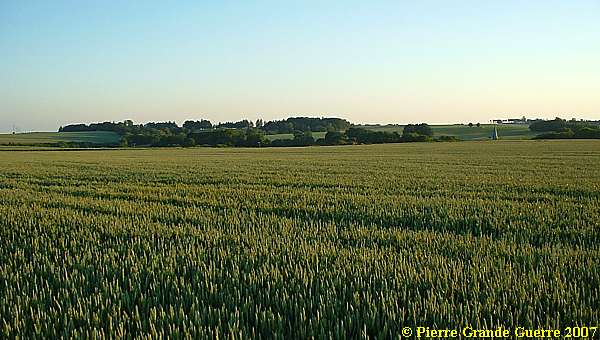
A tele view from the same spot at Thiepval.
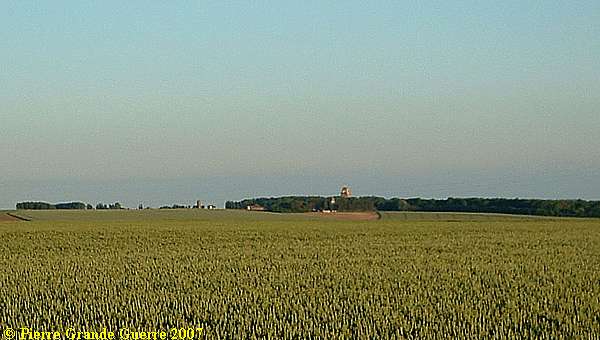
View in the direction of the Newfoundland Memorial Park, Hawthorn Ridge, and the village of Beaumont Hamel.
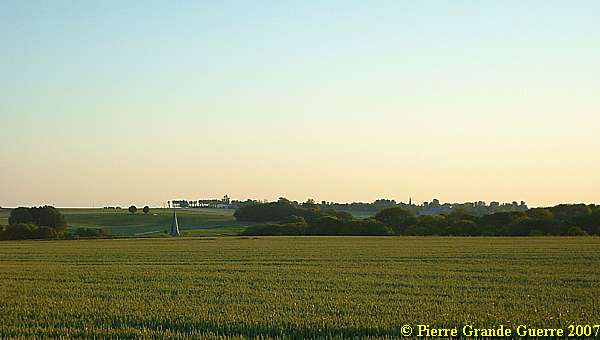
View from New Münich Trench Cemetery northward to the Cross of Sacrifice of the Frankfurt Trench British Cemetery.
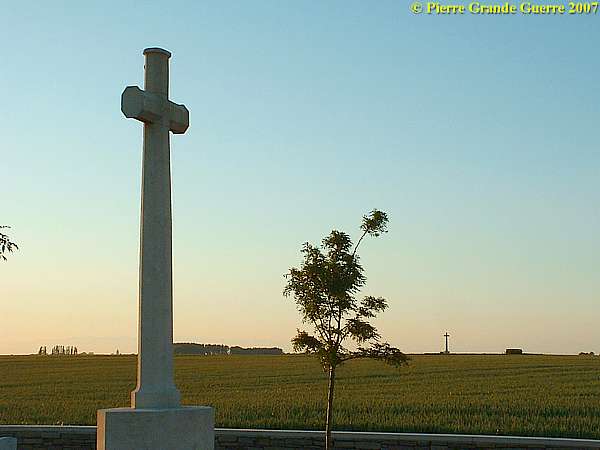
Sunset over the former battlefield.


We continue to a site near the village of Beaumont. Waggon Road was the name given to the road running north of the village of Serre.

Waggon Road Cemetery
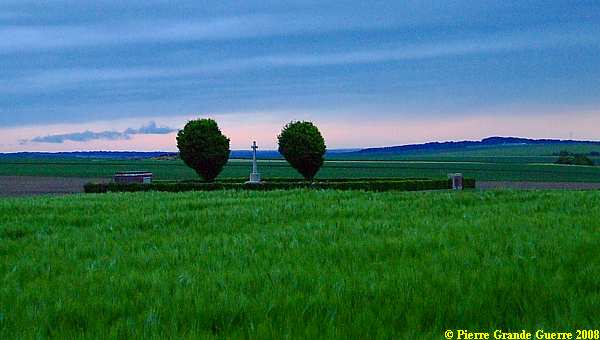
Beaumont-Hamel was captured in November 1916, in the Battle of the Ancre, and the graves in this cemetery are largely those of men who died at that time. The burials were carried out by the V Corps in the spring of 1917, after the German withdrawal to the Hindenburg Line. Waggon Road Cemetery (originally V Corps Cemetery No.10) contains 195 First World War burials (36 unidentified), 46 of them belonging to the 11th Battalion the Border Regiment, which attacked in the Ancre in both July and November 1916. The cemetery was designed by W H Cowlishaw.
Source:
Commonwealth War Graves Commission
During the twilight we continue to the
Münich
Trench British Cemetery
.

Beaumont-Hamel was captured in November 1916, in the Battle of the Ancre, and the graves in this cemetery are largely those of men who died at that time. The burials were carried out by the V Corps in the spring of 1917, after the German withdrawal to the Hindenburg Line. Munich Trench British Cemetery (originally V Corps Cemetery No.8) was named from a German trench captured by the 7th Division on 11 January 1917. The cemetery contains 126 First World War burials, 28 of them unidentified. The cemetery was designed by W H Cowlishaw.
Source:
Commonwealth War Graves Commission
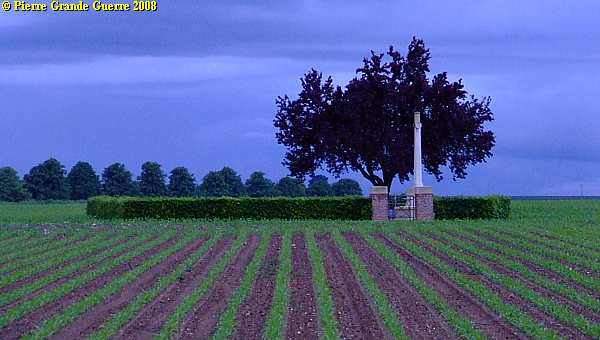
After sunset we left this impressive site. We continue to the Newfoundland Memorial Park near Beaumont Hamel, south of Redan Ridge and Hawthorn Ridge. Continue to the next chapter: " Newfoundland Memorial Park ".
